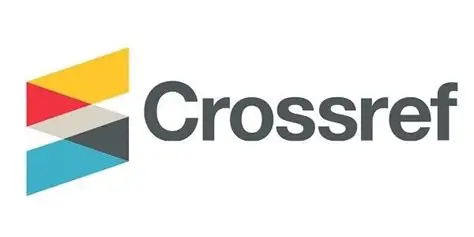COMPARATIVE STUDY OF TRADITIONAL MEDIA VS. DIGITAL MEDIA IN POLITICAL CAMPAIGNING AND VOTER OUTREACH
Keywords:
Traditional Media, Digital Media, Election Campaign, Voter Outreach, Political Communication, Social Media, Mass Media,,Abstract
Political campaigning has undergone significant transformation with the rise of digital media.
While traditional media like newspapers, television, and radio have historically shaped political
communication, digital platforms, including social media, websites, and mobile applications,
are now central to political campaigns. This paper presents a comparative study of traditional
and digital media in the context of political campaigning and voter outreach, analyzing their
unique strengths, limitations, and impacts on electoral dynamics. Drawing on recent election
case studies, surveys, and secondary data, the paper examines how these mediums influence
voter behavior, campaign strategies, and political engagement. The study concludes by
highlighting the emerging trend of integrated media use, where both traditional and digital
platforms are strategically employed to maximize outreach and influence.
References
McNair, B. (2011). An Introduction to Political Communication. Routledge.
Blumler, J. G., & Kavanagh, D. (1999). The Third Age of Political Communication:
Influences and Features. Political Communication, 16(3), 209-230.
Chadwick, A. (2013). The Hybrid Media System: Politics and Power. Oxford
University Press.
Kreiss, D. (2016). Prototype Politics: Technology-Intensive Campaigning and the Data
of Democracy. Oxford University Press.
Allcott, H., & Gentzkow, M. (2017). Social Media and Fake News in the 2016 Election.
Journal of Economic Perspectives, 31(2), 211–236.
Norris, P. (2000). A Virtuous Circle: Political Communications in Postindustrial
Societies. Cambridge University Press.


